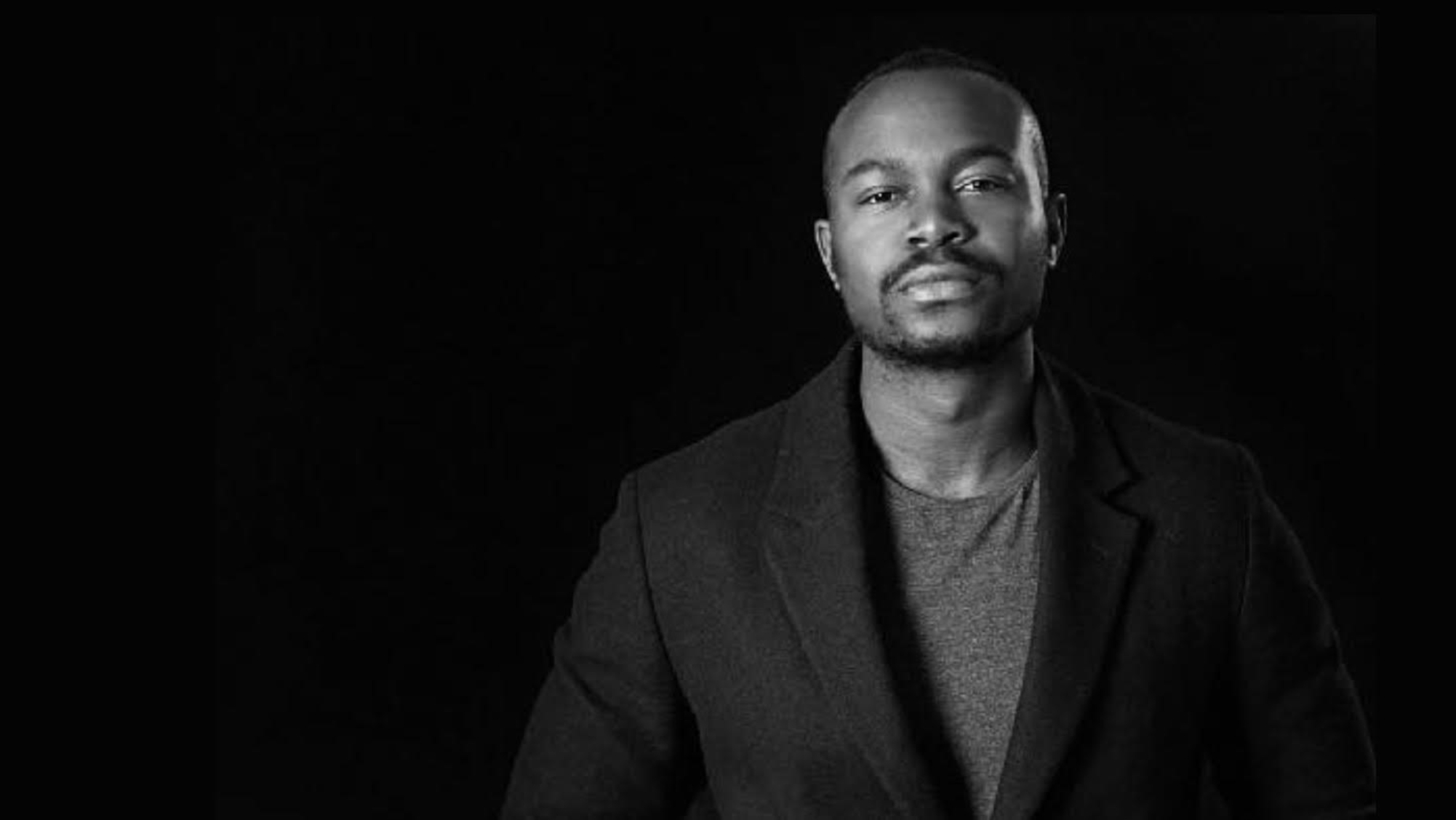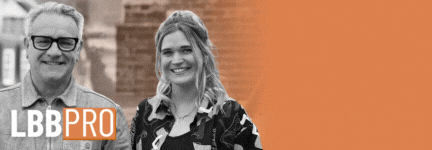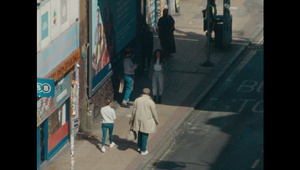
The Directors: Gabriel B. Arrahnio

LBB> What elements of a script sets one apart from the other and what sort of scripts get you excited to shoot them?
Gabriel> I find scripts which depict what it feels like to exist in today's society exciting. I’m fascinated by the human journey. If an ad finds a way to showcase the product through a real human experience I’ll feel much more connected to it, I’m immediately drawn to it. As humans, we make connections to other people by understanding their journey, and like a mirror, it reflects back to us allowing us to feel seen, heard and understood.
When directing narrative content I am drawn to stories that reveal what one’s neighbour, friend, or partner might be going through, because compassion is a vital component to living life, but to have this one must understand the person sitting next to them.
LBB> How do you approach creating a treatment for a spot?
Gabriel> The visual language is the first thing I start to think about, depending on what the story demands I go from there. I once did a commercial with testimonials, however my plan was to not just shoot the protagonist talking straight into the camera, so I decided to use flashbacks which added layers to the stories we were trying to tell. While creating the treatment I thought of scenarios where our protagonist could be seen reliving their past experiences: dreamy, vivid, in-your-face visuals to truly capture the moment and bring us closer to what they had experienced. After defining the visual style of the flashbacks, I focused on the setting in which they would tell their story. I thought of them sitting in front of an audience in a huge theatre, a spotlight on them, dark drapes, moody lighting. I liked the idea of them telling their stories as if they were talking to a friend and this delivered the authenticity which, for me, is at the heart of all good filmmaking.
LBB> For you, what is the most important working relationship for a director to have with another person in making an ad? And why?
Gabriel> I think one of the most important relationships while creating an ad is the one a director has with the creative on the agency side. It makes a huge difference when the director and creative really understand the nature of what they both want to articulate. While shooting an ad in London some years ago, I formed a very strong bond with the head creative. He had written these powerful scripts that really captured the essence of what some people go through. Once I read those scripts I connected directly to each and every one of them, even if their journeys had been different from mine. After our first call, the creative and I connected by understanding we both wanted the same things for these stories. This very notion was reflected in the final pieces, because none of us had to make compromises, we both wanted exactly the same things and it felt very wholesome. I got 100 percent full creative freedom, which rarely happens, but this came from the creative trusting my vision based on the bond we had built from the very beginning. This bond was so strong I was hired the following year to continue the ads as a short series.
LBB> What type of work are you most passionate about - is there a particular genre or subject matter or style you are most drawn to?
Gabriel> When working in fiction I am usually very passionate about subjects that reflect society in its complexity, and while I also love to portray this in ads, I keep a flexibility as to what the product is depending on the brand and the end message for the consumer is.
LBB> What’s the most challenging experience you’ve come across in the course of a production – and how did you solve it?
Gabriel> A challenging experience was shooting my first fictional TV series last year, in which three directors (me included) had been hired to shoot six episodes. Any director understands what a challenge it is to share your vision with two other people, and at the same time avoid losing track of your own. Additionally, the budget meant that all the scenes set in a single location had to be shot on the same day, with the result that all of the episodes were multi-authored. As intense as this situation was, what was important for me was really building a bond with my co-directors, one that would get me through eight months of production, understanding what the others’ vision was and how it matched mine, putting ego aside, letting my vision breathe and being flexible to incorporate other layers into my way of storytelling. I understood there is no right or wrong, there is only different ways of telling one story, different styles, different approaches and once I let my co-directors influence my way of making films and vice versa, we created something that while very challenging at first ended up being a labour of love that inspired all three of us.
LBB> Which pieces of work do you feel really show off what you do best – and why?
Gabriel> I Was Never Really Here - A coming-of-age story about love and migration. The film explores the way in which life’s experiences do not define us as humans, they come and they go. What stays is who we are on the inside and how we react to what life throws at us.
Shame - Shame was one of my first pieces of work in advertising. It gave me the foundation of telling complex stories in short ad forms and won a young directors award.
Can You See Me? Peter for Deloitte - These ad testimonials feel as if they were a documentary reimagined by actors.
Family of Choice - A documentary TV series about the ballroom scene in Berlin. This, for me, is a milestone in my creative process over the years. It is where I feel all my influences and experience came together.















